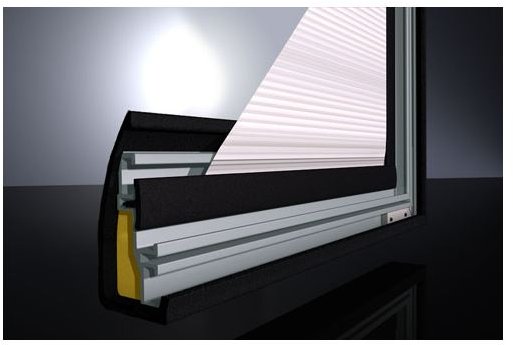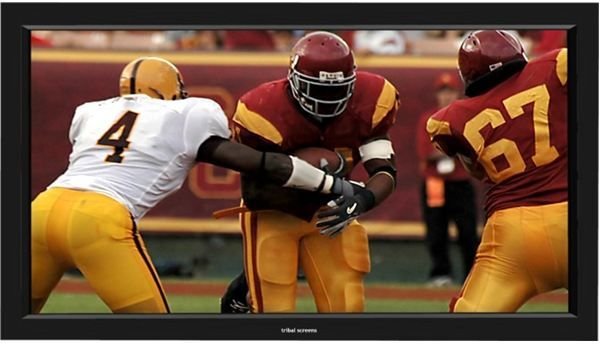Projection Screens - A Primer
Because a Wall Won’t Do…
A projector screen may seem like a no-brainer when you’re talking about components for building a home theater room, but you’d be surprised how a great projector can even make a great picture on just the wall without a screen. For the longest time, my home theater setup used only the wall of the media room we had – and it wasn’t even a smooth wall at that, it was jagged, and to make matters worse, it was a color other than white. Still, we had no problem waiting it out to buy a home theater screen, almost a year after we purchased our projector.
Contrast and Color
For the uninitiated, projection screens are not a single compound kind of screen. The screens use different compounds to give them white colors, silver tones, and reflective materials to give you the best contrast possible. For instance, a simple matte white tone is not nearly as good for HD viewing as a silver-reflective tone on the screen. The different kinds of material vary from manufacturer to manufacturer and each company has its own nomenclature – so be sure to select the screen surface material based on the amount of gain that the screen surface material has.
Frames
Projector screens require, aside from the screen surface material, a sturdy frame upon which to mount the screen. So, what kind of screen frame should you get? The simple answer is that the best frame is an immobile, sturdy metal frame with some kind of dampening agent on the front frame to prevent light from spilling over onto the frame. In terms of movie-viewing, an electrical screen, or a pull-down screen causes what is technically termed “warping” of the screen. That is, if you keep pulling the screen up and down, or even have a motor to do it for you, the image itself won’t be nearly as good as on a fixed frame. Furthermore, when you really think about it, what reason would you have for wanting a screen to move up and down in a home theater room?

Screen Size
Other than the contrasting tone of the screen’s surface material, the screen’s size is the second most important decision you’ll make, and it’s the exact reason you’ll want the projector before you start thinking about getting a screen. With the projector, making a screen size decision is an easy matter – simply line up the distance where you want the projector with the proper distance on the wall. Then, measure the size of the screen and buy at exactly that size. Doing this rather than buying the screen and projector together ensures that you have a really good idea of what screen size will work best for your room, avoiding smaller and larger screens that you might have bought mistakenly.

Other Considerations
Projector Screens have been around as long as movie theaters, and as such, the tech behind them has evolved with time, incorporating perfect materials for the type of projection you’re looking to do. Which is why buying your projector screen should be a sacred, time-consuming process.
Buying the right screen is not easy at all – you’ll have to find that perfect marriage between screen size, price, and contrast material. If you’re not careful, you’ll end up spending hundreds of dollars over the amount that’s necessary. That’s why when you come back, we’ll be discussing what the best projector screens are and what to consider when buying them.
This post is part of the series: Building the Perfect Home Theater System
We take you through the ups and downs of owning a movie room and having that home theater set-up that everyone envies.
